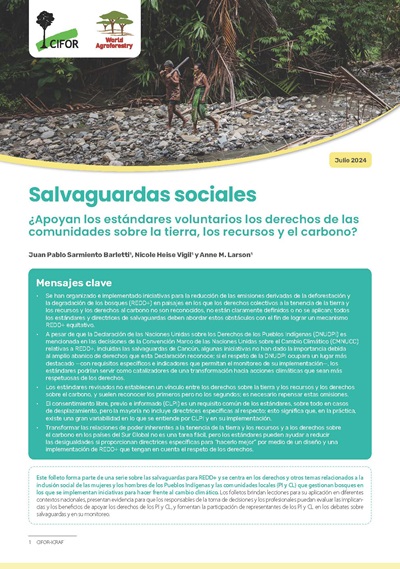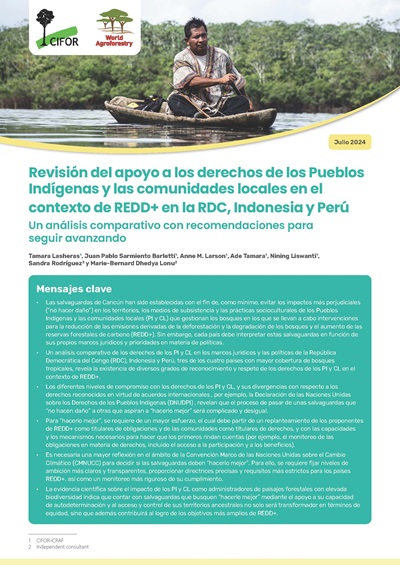This research was part of a tri-national project intended to determine the main factors constraining or favoring the adoption of sustinable forest management practices in the Brazilian, Bolivian and Peruvian Amazon. The paper describes the logging practices followed by timber extractors in Peru's Amazon lowland under the conditions of the old forest law, revealing differences among types of extractors. It also identifies the main constraints inhibiting the application of management practices prescribed by the new forestry regime. By means of interviews and field evaluations, a set of 11 key practices for good forest management were defined. The assessment parameters were related to the smallest number of elements needed for achieving the key practices' functions. Three criteria influencing the likelihood of application were selected: legislation, economic benefits and ease of application. Differences in application of practices among types of timber extractors were analyzed, as well as differences in levels of adoption of individual practices and factors influencing their application. The levels of adoption vary among practices: commercial inventory, 52%; road planning, 58%; skid planning, 72%; directional felling, 1%; controlled skidding, 76%. The levels of adoption were also analyzed in relation to factors influencing on implementation, such as: legislation requirements, characteristics of the practices themselves, types of timber extractors, and some external factors. Finally, some implications for the adoption of good management practices under the forestry regime in Peru were analyzed.
DOI:
https://doi.org/10.17528/cifor/002234
Altmetric score:
Dimensions Citation Count:
























